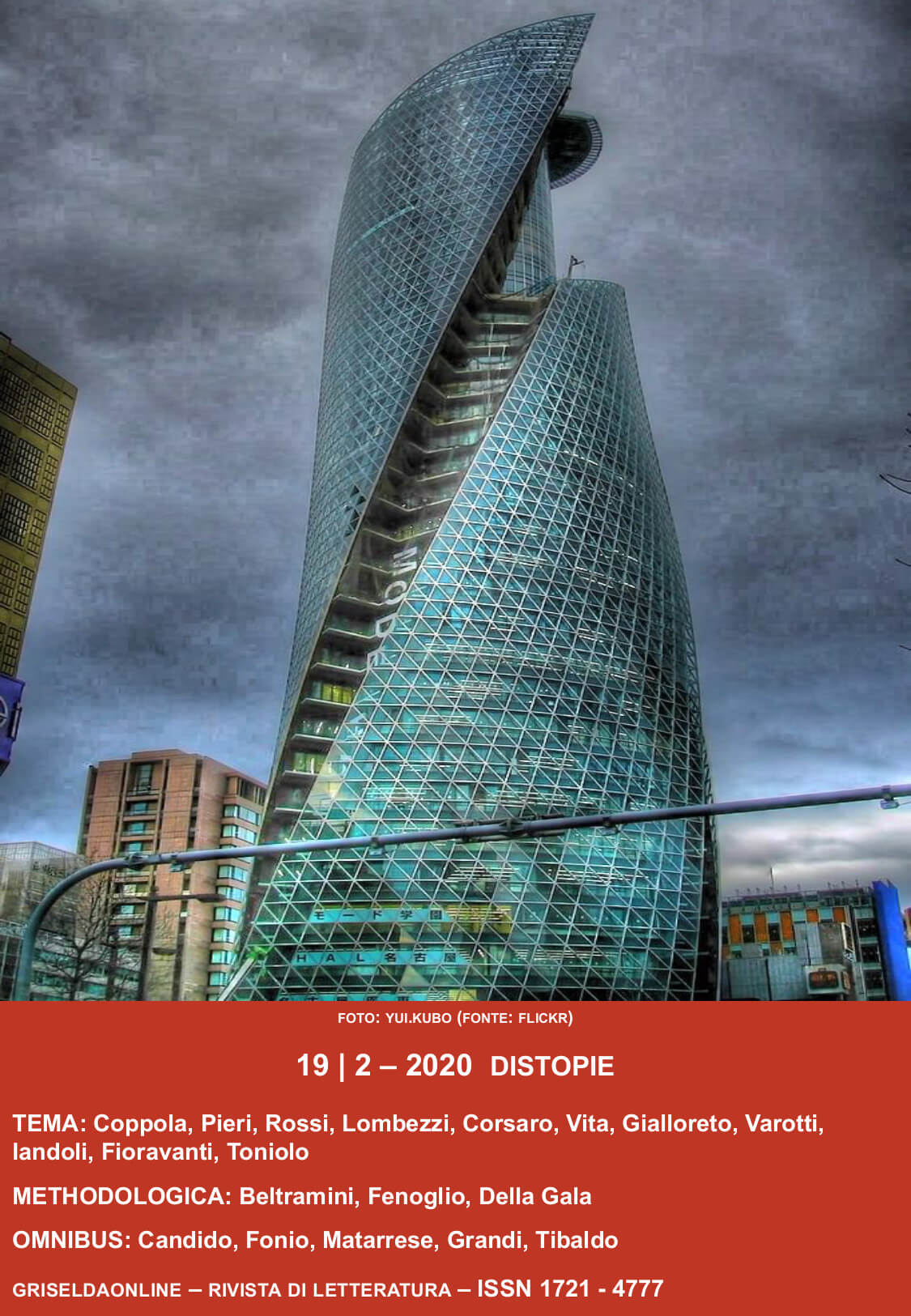Euforia di un genere: il saggismo novecentesco
DOI:
https://doi.org/10.6092/issn.1721-4777/10715Keywords:
ibridismo, saggismo, NovecentoAbstract
The essay had its golden age during the Twentieth century. These pages retrace some of the most creative dominants from a literary point of view. The first part highlights the general characteristics of the essay, whose relevance seems to be embodied in the work of Raffaele La Capria, in his liquid and floating style. In the following three sections we proceed to the study of as many peculiarities of twentieth-century essayism: the eclecticism, the dowsing gaze (typical of authors such as Cecchi, Praz, Debenedetti); curiosity for detail or anecdote, from which to derive a general vision (Longhi and Garboli); the wandering, the ability to cross the ages by reconstructing patterns of thought, or plausible stories (so in the case of Camporesi and Ginzburg). The last paragraph is dedicated to the experience of two essayists, Nigro and Ficara, who exploited euphoria, graft, anecdote in their personal search for a style oriented towards an inescapable ‘need for truth’ which is the ultimate imperative of critical essayism: a truth that forces the essayist to hesitate and resist in the face of certain forms of communication.
Downloads
Published
How to Cite
Issue
Section
License
Copyright (c) 2021 Chiara Fenoglio

This work is licensed under a Creative Commons Attribution-ShareAlike 4.0 International License.





